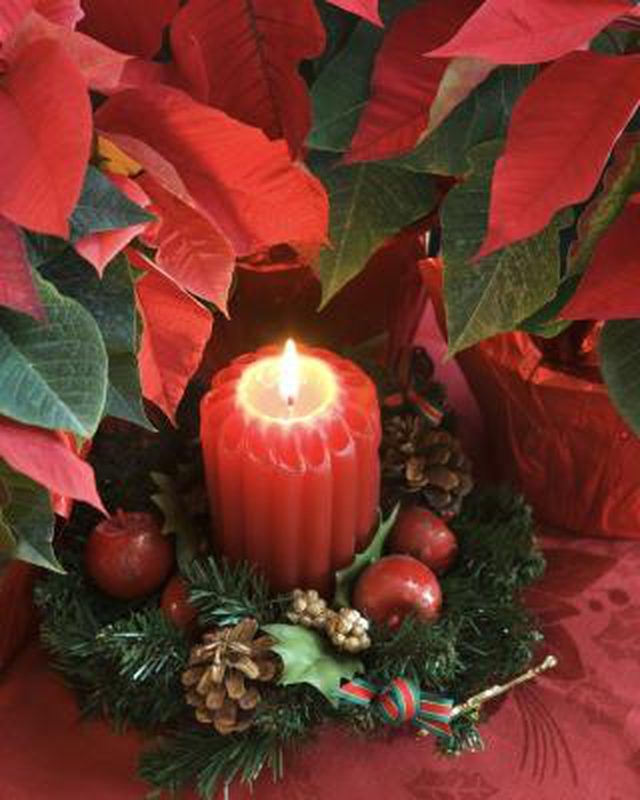Bulbs
Flower Basics
Flower Beds & Specialty Gardens
Flower Garden
Garden Furniture
Garden Gnomes
Garden Seeds
Garden Sheds
Garden Statues
Garden Tools & Supplies
Gardening Basics
Green & Organic
Groundcovers & Vines
Growing Annuals
Growing Basil
Growing Beans
Growing Berries
Growing Blueberries
Growing Cactus
Growing Corn
Growing Cotton
Growing Edibles
Growing Flowers
Growing Garlic
Growing Grapes
Growing Grass
Growing Herbs
Growing Jasmine
Growing Mint
Growing Mushrooms
Orchids
Growing Peanuts
Growing Perennials
Growing Plants
Growing Rosemary
Growing Roses
Growing Strawberries
Growing Sunflowers
Growing Thyme
Growing Tomatoes
Growing Tulips
Growing Vegetables
Herb Basics
Herb Garden
Indoor Growing
Landscaping Basics
Landscaping Patios
Landscaping Plants
Landscaping Shrubs
Landscaping Trees
Landscaping Walks & Pathways
Lawn Basics
Lawn Maintenance
Lawn Mowers
Lawn Ornaments
Lawn Planting
Lawn Tools
Outdoor Growing
Overall Landscape Planning
Pests, Weeds & Problems
Plant Basics
Rock Garden
Rose Garden
Shrubs
Soil
Specialty Gardens
Trees
Vegetable Garden
Yard Maintenance
How to Keep Poinsettias Alive When the Leaves All Fall Off
How to Keep Poinsettias Alive When the Leaves All Fall Off. Poinsettias flood the market during the winter holidays, claiming the title of best-selling potted flowering plant. These plants produce brightly colored bracts -- modified leaves -- that turn red, pink or white during the holiday season. Color is initiated by exposing the plants to...

Poinsettias flood the market during the winter holidays, claiming the title of best-selling potted flowering plant. These plants produce brightly colored bracts -- modified leaves -- that turn red, pink or white during the holiday season. Color is initiated by exposing the plants to complete darkness for 12 hours a day, starting in October. After the "blooming" period of six to eight weeks, poinsettias often lose their foliage as they enter dormancy. Many people cast the plant away, mistakenly believing it has died. Poinsettias can be grown for years with proper care.
Things You'll Need
Sharp knife
Plant pots
Potting soil
Peat moss
Perlite
Water-soluble fertilizer
Cease watering your poinsettia plant once the leaves have dropped. Move it to a cool location where it receives indirect light. Maintain temperatures between 50 and 55 degrees until spring.
Cut the plant back to 3 to 8 inches above the soil in the spring when new growth appears. Cutting back is not necessary, but will produce a dense, compact plant.
Repot the poinsettia in a plant pot one to two sizes larger than the original. The University of Rhode Island horticulture program recommends a mixture of three parts potting soil, two parts compost or peat moss, and one part perlite for a potting medium. Add 1 1/2 to 2 teaspoons of bone meal per quart of potting medium.
Move the poinsettia plant to bright light. Water when the soil feels dry to the touch 1 inch below the surface of the soil.
Apply water-soluble fertilizer designed for houseplants following the recommended application rate. Repeat on a seven- to 10-day cycle.
Pinch back when the first clusters of leaves are approximately 1 inch long. Pinch out the center leaves, allowing 4 to 5 leaves per cluster to grow. This forces branching and produces new clusters of leaves at the end of each branch. Repeat again when the new clusters have formed leaves 1 inch long.